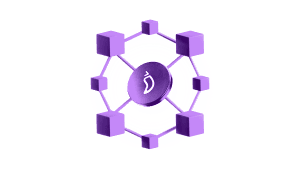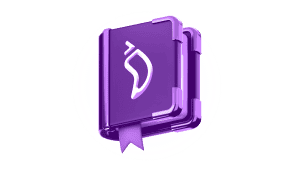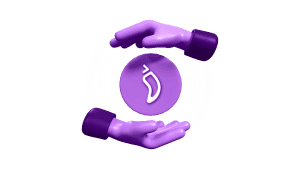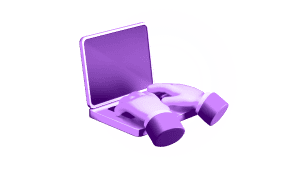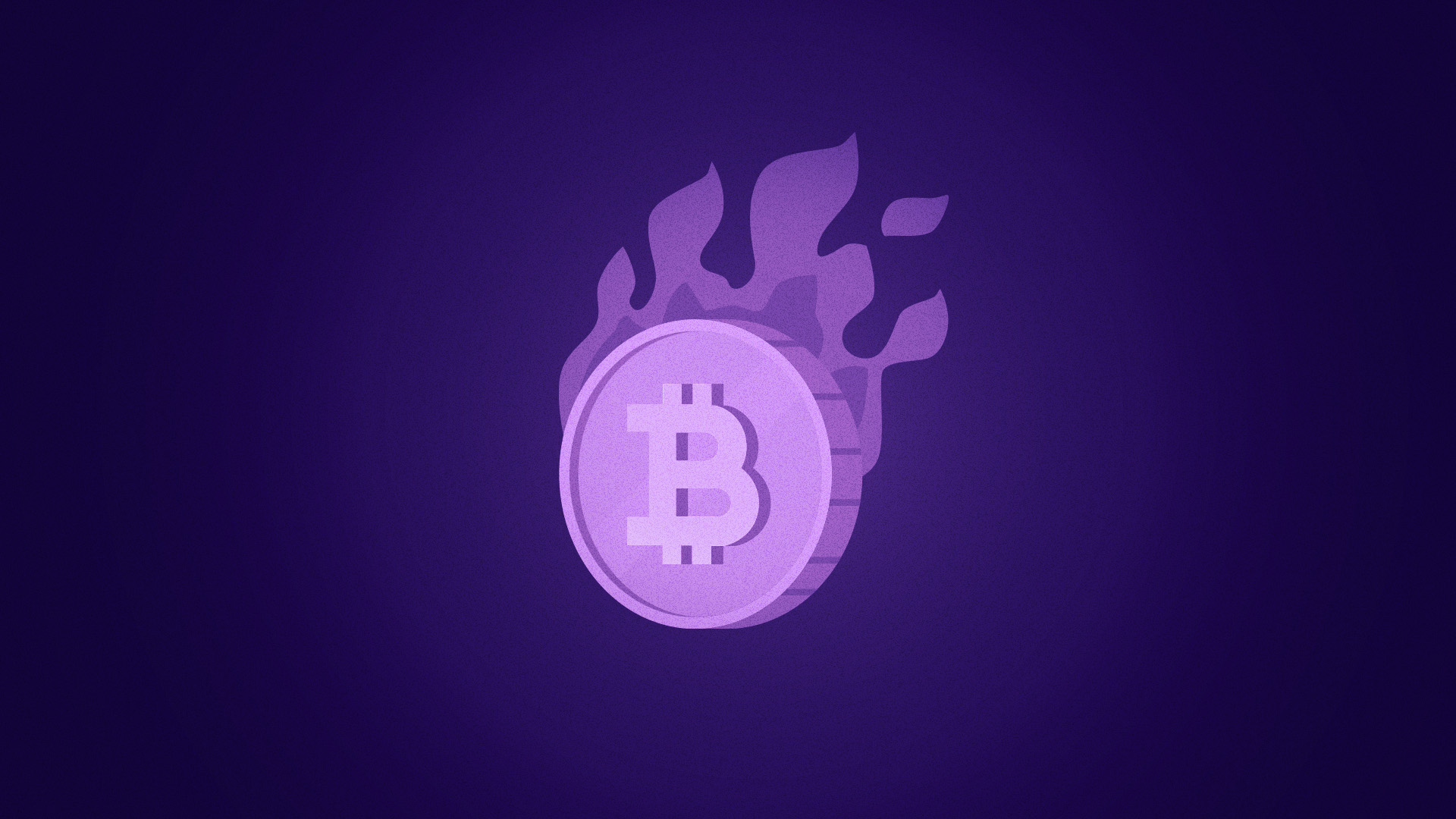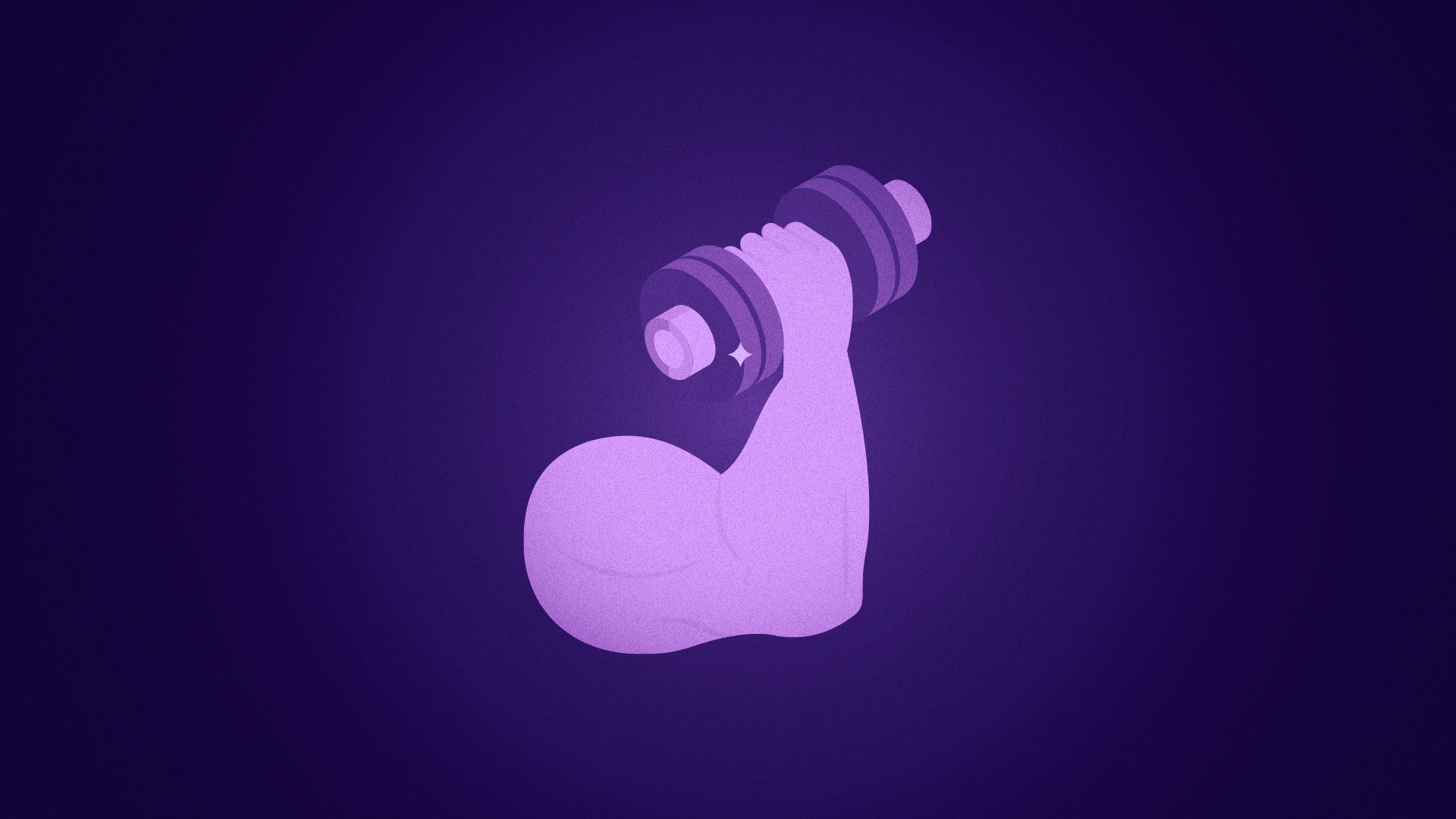Token burning is a process where a project permanently removes a portion of its tokens from circulation. Instead of being traded or used, those tokens are sent to a special wallet address or burn wallets that nobody can access, which means they’re effectively destroyed forever. By reducing the total supply, projects aim to create scarcity, much like a company buying back shares.
This practice matters because it can influence both value and stability. A smaller supply may support stronger demand dynamics, while also signaling long-term commitment from the project team. Token burning is also used as a reward mechanism, showing holders that the ecosystem is designed with growth and balance in mind. It’s one of the reasons many modern crypto projects keep it as part of their strategy.
What Does Token Burning Mean?
Token burning means permanently removing tokens from circulation so they can never be used again. In most cases, this is done by sending them to a special “burn address” that nobody can access. Sometimes projects even use automated smart contracts that carry out the burn process without human input, making the action completely transparent.
The idea of token burns isn’t actually new. Regular financial firms or companies have used this approach when it comes to buying stocks. They do this by buying back their stocks when they have excess funds in their possession, thereby reducing the number of stocks available in the stock market which in turn breeds stability and scarcity.
This same approach is applicable in the crypto space. Here, token burning works in a similar way but with broader goals. It can help manage supply, reward long-term holders, stabilize token value, and show commitment from the project team. That’s why many crypto ecosystems include token burning as part of their long-term strategy.
How Token Burning Works
Token burning permanently removes tokens from circulation through three clear steps: identifying tokens, removing them, and verifying the action on the blockchain. Below is a simple, step-by-step rundown that shows how the process actually works and what tools or mechanisms projects use.
1. Identify the tokens to burn
- Project teams, DAOs, or token holders decide which tokens to remove and why.
- Common goals include reducing circulating supply, fighting inflation, rewarding long-term holders, or supporting tokenomics rules.
- The decision often names the amount, timing, and method of the burn so everyone knows the plan
2. Remove the tokens from circulation
- Tokens are sent to a public burn address that has no private key, making the tokens irretrievable forever.
- Alternatively, smart contracts can automate burns by destroying a set percentage of tokens from transactions, fees, or scheduled events.
- Once moved to a burn address or consumed by a contract, the tokens are effectively dead and cannot return to circulation.
3. Verify the burn on-chain
- The burn transaction is written to the blockchain, where it is transparent and permanent.
- Anyone can check the transaction with a block explorer or a token tracker to confirm the amount burned and the destination address.
- After verification, circulating supply figures are updated on-chain or by public dashboards to reflect the change.
Tools and variants worth knowing
- Automated smart contract burns handle recurring or conditional burns without manual steps.
- Proof-of-burn consensus is a special use case where burning tokens plays a role in block validation or mining rights, showing commitment by sacrifice.
- Block explorers and analytics dashboards are the primary verification tools fans and investors use to confirm that a burn actually happened.
Quick summary: decide the goal, remove the tokens in a provable way, and verify the outcome publicly on-chain. That simple chain of actions is what gives token burning its strategic and technical meaning in crypto ecosystems.
Why Do Blockchains Burn Tokens?
Blockchains burn tokens for several reasons, each tied to the health and growth of the ecosystem. At the most basic level, it is about controlling supply and shaping how the market views the token’s value.
1. Supply control and scarcity
By reducing the total supply, projects make tokens more scarce. This scarcity can increase demand and support stronger pricing dynamics, much like stock buybacks in traditional finance.
2. Tokenomics and balance
Burning tokens helps maintain the long-term balance of the ecosystem. It can manage inflation in fixed-supply projects, keep transaction models sustainable, and support value preservation across the network.
3. Incentives for the community
Regular burns often signal commitment from the project team. This creates confidence, builds positive sentiment, and can even act as a form of reward when trading fees are used for buyback-and-burn mechanisms.
4. Stablecoin management
Some stablecoins burn tokens when redeemed for fiat currency. This practice keeps supply matched with reserves and preserves the intended peg, ensuring trust in the system.
Put simply, token burning isn’t just about destroying coins. It is a flexible tool for scarcity, stability, and community confidence, all of which play into the long-term strength of a blockchain ecosystem.
Examples of Token Burning in Crypto
1. Ethereum and EIP-1559
- With the London upgrade (August 2021), Ethereum introduced a system where part of every transaction’s base fee is automatically burned instead of going to miners.
- Over time, this has removed hundreds of thousands of ETH from circulation, pushing ETH toward a deflationary pressure model.
2. Binance Coin (BNB) and Quarterly / Auto Burns
- Binance commits to quarterly BNB burns, using a portion of profits and repurchases to remove tokens from circulation.
- There’s also an auto‐burn mechanism (via BEP-95 on BNB Chain) where part of transaction fees or other metrics trigger burns in real time.
- For example, in its 31st quarterly burn, Binance destroyed 1.58 million BNB, valued at approximately $916 million at the time.
- The system is designed to gradually reduce BNB’s total supply toward a target (100 million BNB) with transparent, auditable burn cycles.
3. Other Varied Use Cases (Bonus Mentions)
- Some projects burn tokens when users redeem stablecoins or wrapped assets to maintain peg stability (though this is more niche).
- Others integrate burn mechanisms into fee structures or governance models, where a portion of every fee or penalty is burned to keep the system balanced.
These examples show diversity in how token burning is used: as a protocol mechanism (ETH), as driven by profit / business model (BNB), or tied to ecosystem stability and governance in other projects.
The Future Role of Token Burning
The role of token burning is likely to grow as crypto ecosystems mature and shift toward more sustainable economic models. What began as a simple supply-cutting mechanism is now evolving into a tool that can shape long-term value, governance, and community trust. Deflationary models, where tokens are gradually removed to balance supply and demand, will remain central to this evolution.
Looking ahead, token burns may play a stronger role in governance. Communities could vote on when and how burns happen, giving holders a direct hand in shaping the token’s economy. In some cases, burns might be tied to platform activity, rewarding active users while cutting back unused or idle supply.
Sustainability is another area where burning could matter. Instead of endless minting or inflationary practices, burns offer a way to recycle value within the ecosystem, making the supply more predictable and investor sentiment steadier. As tokenomics mature, we believe burns will become less of a gimmick and more of a structural element in the design of digital economies.


